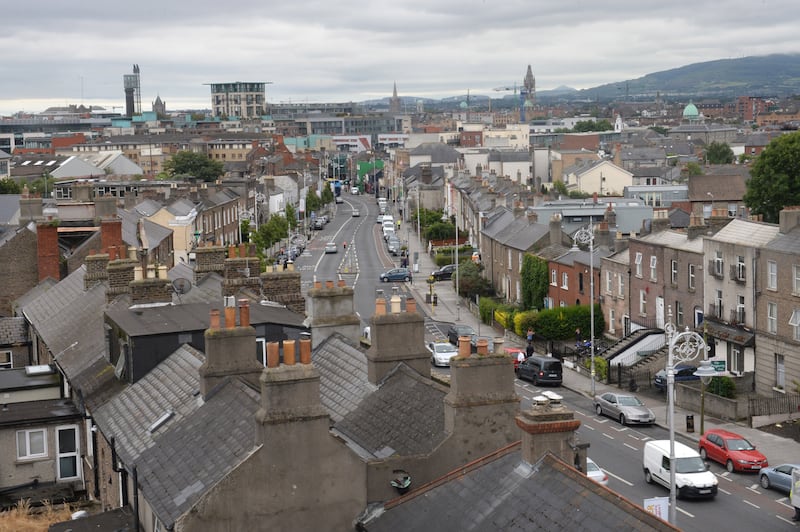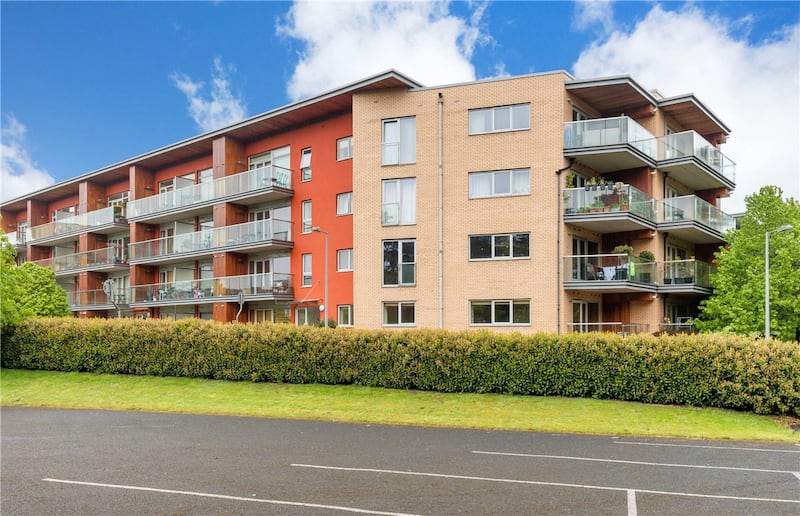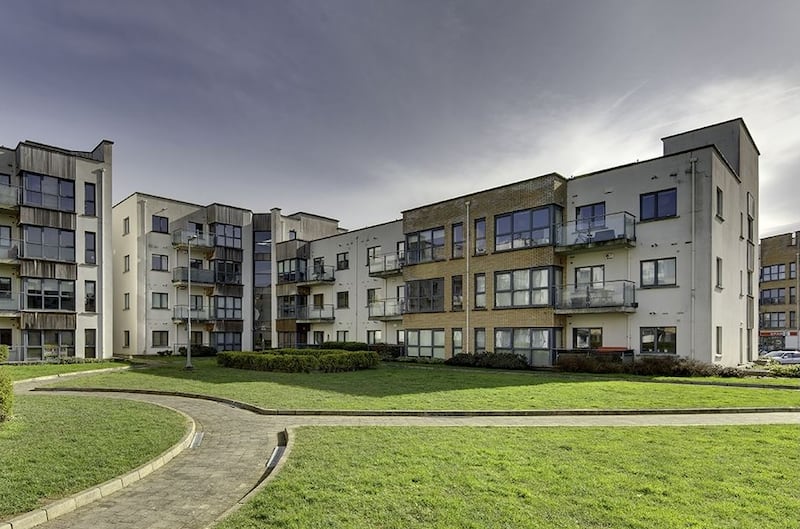Fairness is in short supply when it comes to putting a roof over your head in 21st century Ireland.
And what better illustrates the almost incomprehensibly bonkers and inequitable nature of the Irish home market better than the cost of buying versus the cost of renting.
A home owner rather than renter is clearly in a stronger position financially – and in all sorts of other ways – over the medium and longer term. Not only do they enjoy security of tenure, they also end up, all things being equal, with an asset worth hundreds of thousand of euro at the end of a process that can – as we will show – take as little as 15 years.
A person who is renting on the other hand, has to contend with the capricious whims of landlords and can find themselves turfed onto the street with limited notice. They can be hit with immoral rent hikes – Rent Pressure Zone rules notwithstanding – and then after decades of paying hundreds of thousands of euro in rent, they have exactly the same asset at the end as they did at the beginning. That is to say they have nothing.
Given all the advantages that a home owner has over a tenant, you would imagine then that the former is expected to pay a whole lot more each month than the latter for a place to call their home. Not a bit of it.
In Ireland's skewy market, renters are now being asked to pay through the nose – more than 40 per cent more each month than a buyer in fact. And it is only getting worse as last week's figures from the Residential Tenancies Board show.
Its latest data indicates that rents are rising. Nationwide, the average rent paid rose to €1,202 per month in the period from April to June, compared with €1,123 for the same period in 2018.
There was a seven per cent annual increase in Dublin in the second quarter. That takes the cost of renting in the capital to an average €1,713 a month, up €114 compared with the same quarter just a year earlier. And we were complaining about high rents then too.
Research published earlier this month by Cairn Homes – which it should be said has skin in the property game – shows that buying a property in its Parkside development in Dublin 13 is now 42 per cent cheaper than renting.
Someone paying €350,000 for a new three-bed home there will pay about €1,375 in monthly mortgage repayments compared to rents for a similar home, of €1,952. So it seems that once a person or a couple can cobble together the deposit they are on the pig’s back. A big caveat to all this is that these numbers depend on continuing low interest rates and – as the ads all say – they can go up as well as down. But for now they are historically low.
It is also worth noting that property prices can also fall and leave buyers in negative equity for years and years.
We set ourselves a challenge. Surely it’s possible to find a place to rent in Dublin for less than it would cost to buy in the same area.
Stoneybatter

We decided to start close to home (literally) – in the 42nd Coolest Neighbourhood In The World (or Stoneybatter as it used to be known, before it was cool). A two-up two-down rental property is currently up for grabs on Oxmantown Road seeking €2,200 per month.
Homes on the street have been selling for about €400,000 recently, so a first-time buyer would need a deposit of €40,000 and a mortgage of €360,000 to buy in the street. We have to add stamp duty and other costs which will take the size of the mortgage to about €368,000.
Spread over 30 years, the cost of that loan based on a 3 per cent interest rate comes in at €1,551, while if we reduce the term of the loan to 25 years we’d be paying €1,745 each month – that is nearly €500 less than our imaginary renter.
But maybe the problem is the high cost of rent in Dublin 7? Cool comes at a cost after all.
Castleknock

No one has ever said Castleknock is cool so we looked there instead, at an apartment complex on Cedarhurst Road. We found a two-bed apartment for rent for €1,900 each month. Apartments in the same complex meanwhile are selling for €330,000.
Using the same figures as before and buying at that level with a 10 per cent deposit, how do the figures stack up?
To pay off the loan of €305,000 over 30 years, and based on a rate of 3 per cent the monthly repayments would come in at €1,283, which is more than €600 a month less than the renter has to pay.
In fact it’s only when the term of the loan is reduced to 17 years that we start to have to pay more each month as a buyer than as a renter. The cost of the same loan spread over that timeframe rises to €1,903 each month.
Rush, Co Dublin

Moving to the city outskirts, we looked at a housing estate in the north Co Dublin town of Rush called Ravenswell.
We came across a home there with a rental price tag of €2,000 a month. Selling prices vary on the estate and we saw ones asking for €285,000 and closer to €360,000.
So for the sake of argument we will land in the high end of the middle. If we were to buy in this estate for €340,000 as a 35-year old first timer and take out a 30 year loan the repayments would come in at €1,321 each month.
It’s only when the term of the loan is reduced to 16 years that we start to pay more each month than what is being sought in the rental market.
€1000 a month?

This exercise could be repeated over and over again throughout the city and its environs but the results would be the same, so we took a different approach. The problem, we figured, was that rents were just too high where we were looking so we sought the cheapest rental properties in the city instead.
We asked daft.ie to find us a two-bed rental apartment in Dublin for less than €1000 a month. The site laughed back heartily.
There was one two-bed apartment in Dundrum for €800 a month, which looked very promising until we realised the landlord would want us to move out every Friday and move back in each Monday.
€800 and you can't even have a weekend in your home? So we upped our ceiling to €1,400. This returned a two-bed for rent in Belfry Hall on Citywest Road at that price.
We also found a two-bed for sale in the same complex for a fraction under €200,000 which would leave our first time buyer needing a mortgage of a little over €180,000.
The mortgage repayments over 30 years are just under €850, still substantially less than the rent is today. In fact even if we cut the term of the loan in half and agreed to pay it back before the end of 2034 we would still be paying less than a renter.
That means our imaginary 35-year-old buyer getting the keys in City West could be mortgage free by the time they hit 50 while our imaginary renter of the same age could pay the same amount out each month until they reach the same milestone age and be left with nothing to show for it.
However to get into a position to buy that City West apartment a person will need savings of €20,000 and salary of about €60,000. Imagine how difficult it would be to save €20,000 for a deposit when you are earning €60,000 and paying about €20,000 in rent annually.
It doesn’t seem fair does it?










